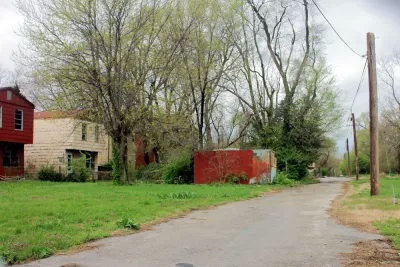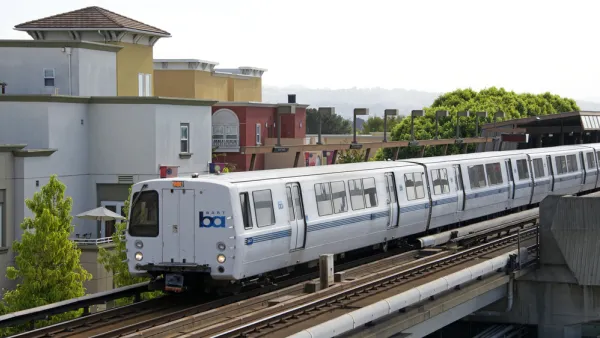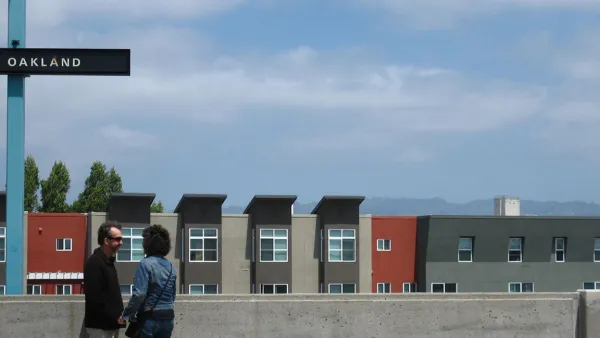Concern about gentrification in urban areas has dominated the urbanism discussion for more than a decade now, at the expense of a more informed understanding of urban dynamics and the potential for more effective action.

The Institute on Metropolitan Opportunity at the University of Minnesota Law School recently published the American Neighborhood Change in the 21st Century report, detailing, with massive amounts of data to support its findings, the ongoing decline of urban neighborhoods in the United States.
From the report's Executive Summary [pdf], a list of key findings:
- The most common form of American neighborhood change, by far, is poverty concentration.
- At the metropolitan level, low-income residents are invariably exposed to neighborhood decline more than gentrification.
- Low-income displacement is the predominant trend in a limited set of central cities, primarily located on the eastern and western coasts.
- On net, far fewer low-income residents are affected by displacement than concentration.
- White flight corresponds strongly with neighborhood change.
- Nonwhite residents are far more likely to live in economically declining areas.
With more detail included in the Executive Summary, the obvious conclusion to infer is that gentrification and displacement are by far the less predominant dynamic in urban areas compared to neighborhood decline and concentrated poverty.
As policy makers and media narratives focus on gentrification, so to do redevelopment funds and revitalization campaigns. These programs are based on a confused state of affairs, according to the Executive Summary. "If policymakers, philanthropists, and scholars are misperceiving the problems of cities, much of this money is wasted. Or worse than wasted: resisting development in a poor neighborhood that is not actually gentrifying, or promoting growth in an area that already has significant displacement, can cause actual harm to residents. In other words, American cities need more than competing narratives about neighborhood change: they need a firm sense of how and where cities are evolving. American Neighborhood Change in the 21st Century aims to provide such a picture."
The full report [pdf] is an easily readable 34 pages long, not including two appendices. Metro-level reports are also available for 40 locations around the country.
FULL STORY: American Neighborhood Change in the 21st Century: Gentrification and Change

Analysis: Cybertruck Fatality Rate Far Exceeds That of Ford Pinto
The Tesla Cybertruck was recalled seven times last year.

National Parks Layoffs Will Cause Communities to Lose Billions
Thousands of essential park workers were laid off this week, just before the busy spring break season.

Retro-silient?: America’s First “Eco-burb,” The Woodlands Turns 50
A master-planned community north of Houston offers lessons on green infrastructure and resilient design, but falls short of its founder’s lofty affordability and walkability goals.

Test News Post 1
This is a summary

Analysis: Cybertruck Fatality Rate Far Exceeds That of Ford Pinto
The Tesla Cybertruck was recalled seven times last year.

Test News Headline 46
Test for the image on the front page.
Urban Design for Planners 1: Software Tools
This six-course series explores essential urban design concepts using open source software and equips planners with the tools they need to participate fully in the urban design process.
Planning for Universal Design
Learn the tools for implementing Universal Design in planning regulations.
EMC Planning Group, Inc.
Planetizen
Planetizen
Mpact (formerly Rail~Volution)
Great Falls Development Authority, Inc.
HUDs Office of Policy Development and Research
NYU Wagner Graduate School of Public Service




























